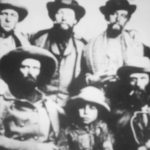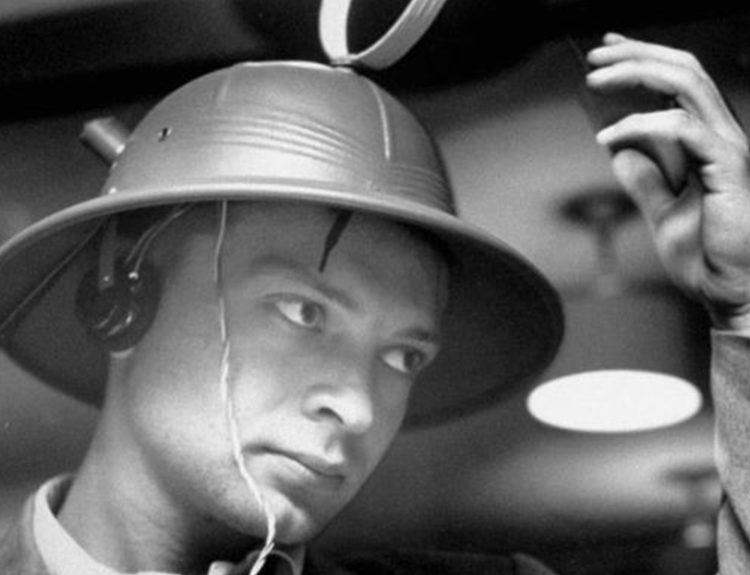We are moving closer and closer to a cashless society whether we like it or not. While it is hard to argue with the convenience of debit cards and mobile pay apps, there is still much to love about cold, hard cash. And by “cold” and “hard”, I mean coins.
Since one penny – yes, one single penny! – recently sold for more than $2000 on eBay, we might want to rethink our love of virtual currency. During the coin minting process, mistakes can happen. When they do, a coin, like the 1955 penny that fetched two grand, can be worth big bucks. Those imperfections, such as “double die” pennies, are sought-after collectors’ items.
How Are Coins Minted?
The process of minting coins involves several precise and intricate steps which combine artistry, technology, and metallurgy. It begins with the design phase, where artists create the coin’s design, often reflecting historical figures, symbols, or themes. The final design is transferred to a master die, which is used to create working hubs and dies.
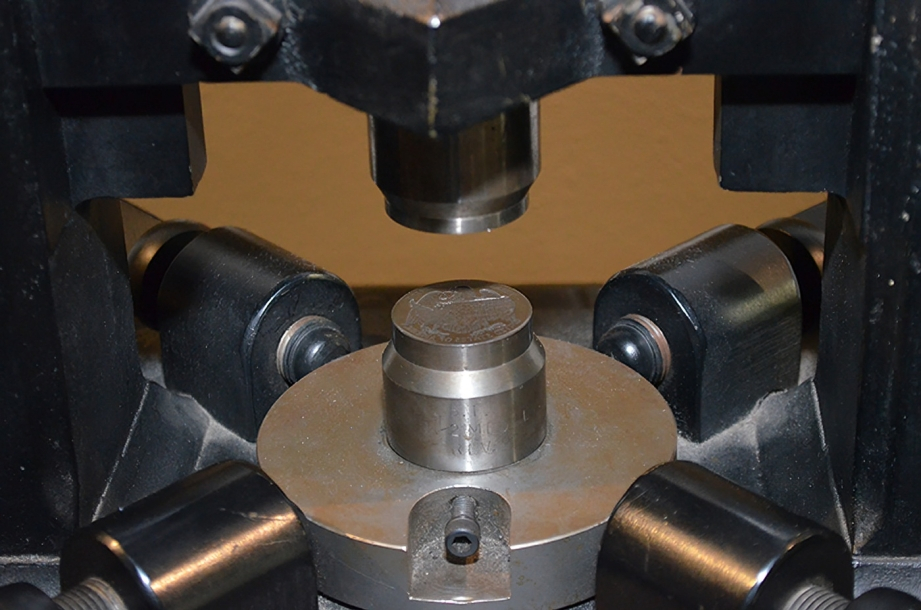
The hub transfers the design onto a working die, which is then used to strike the coin. The next step is the preparation of planchets, which are blank metal discs of the desired coin denomination. These planchets are typically made from a specific alloy to meet the coin’s weight and composition requirements. After the planchets are cut and cleaned, they move to the striking press.
Sometimes Errors Happen in the Striking Phase
During the striking process, a planchet is fed into a coinage press, and the upper and lower dies close in on it with tremendous force, striking the metal. This pressure imprints the design onto the planchet, creating a finished coin. Some mints use multiple strikes to enhance the coin’s detail and appearance.
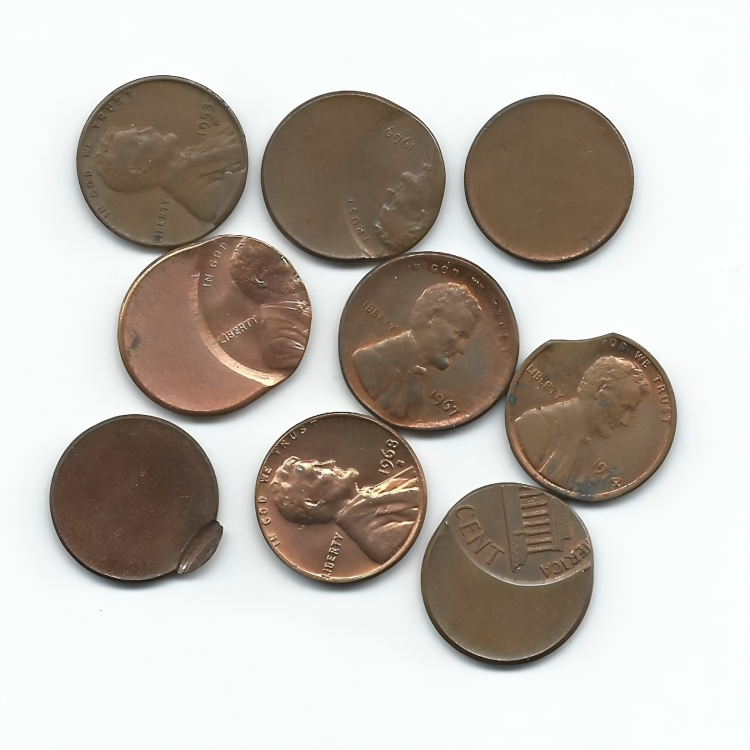
Following the striking, the coins are inspected for quality, and any imperfect pieces are removed from circulation. At least, that’s what is supposed to happen. Occasionally the die used to strike the coin hits the metal twice. The result is a slightly blurred or shadowed appearance of the design elements, creating the illusion that they have been doubled.
Rare and Collectible
Double die coins are rare and collectible. Collectors value double die coins for their rarity and uniqueness, as the doubling is a one-time occurrence during the die preparation phase. Since inspectors are supposed to remove less-than-perfect coins, collectors love finding double die coins that slipped through the cracks.
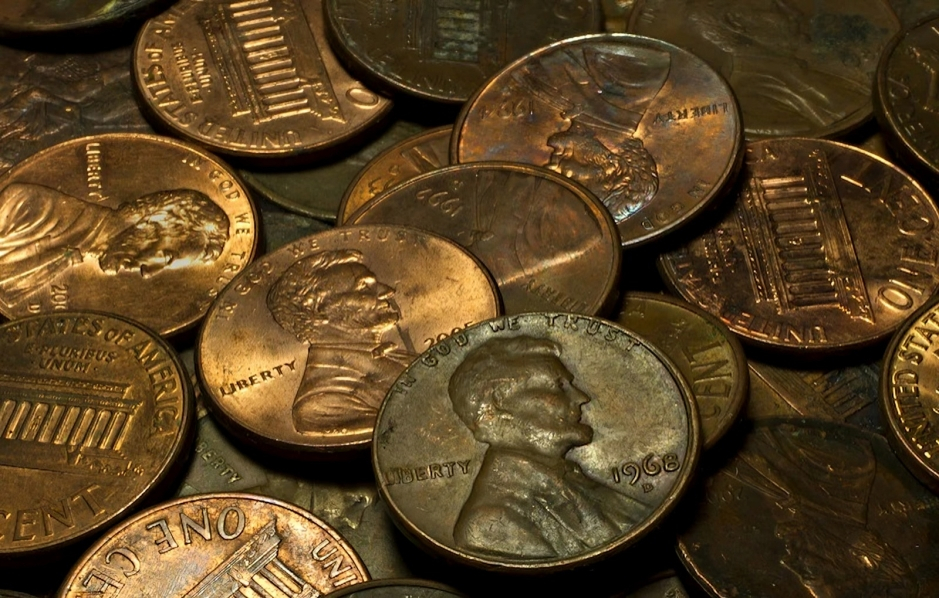
Identifying double die coins involves careful examination of the coin’s features to detect any instances of doubling in the design elements. One common method is to scrutinize the inscriptions, dates, and images under magnification, looking for a slight offset or doubling effect. The doubled features often appear as a shadow or additional outline, creating a distinct and noticeable effect.
Numismatists – Double Die Experts
Numismatists – experts in the study, history, and research of coins – use reference guides and comparison images to verify the doubling characteristics unique to each coin variety. It’s crucial to differentiate between genuine double die coins and mechanical doubling, a common mint error that results from machine-related issues during the striking process.
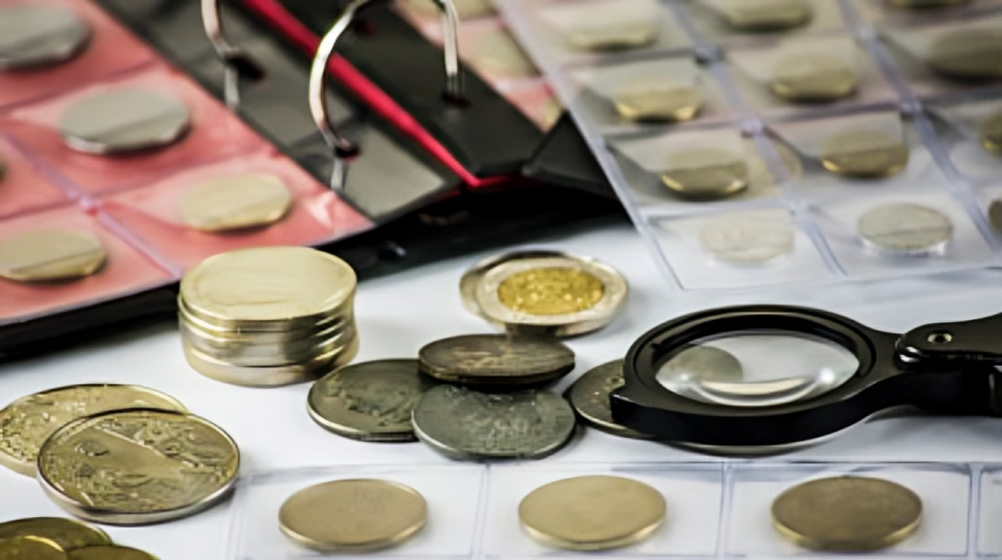
Authentication by a reputable coin grading service can provide certainty about the coin’s status as a true double die variety. Numismatists may also consult with experienced collectors or utilize online forums to seek advice and confirmation of their findings. The ability to identify double die coins is important, as enthusiasts seek these unique and rare varieties to enhance their numismatic collections.
The Famous 1955 Lincoln Penny
The 1955 Lincoln Cent double die penny is one of the most famous and sought-after varieties in the realm of double die coin collecting. This notable error occurred during the minting process when the coin’s die received an unintended second impression, resulting in a distinctive and visually striking doubling effect.

The error was widespread and captured the attention of numismatists and coin enthusiasts alike. Due to its rarity and the unique characteristics of the doubling, the 1955 Lincoln Cent doubled die penny has become a prized and valuable addition to many coin collections. It was one of these 1955 Lincoln double die pennies that recently netted $2050 on eBay.
A 1958 Lincoln Penny Holds the Record for Most Valuable Double Die Penny
While the sale of a 1955 Lincoln double die penny for more than $2000 is incredible, another double die penny sold for $1 million at an auction in January 2023. The extremely rare 1958 double die Lincoln penny broke previous records when it was auctioned for $1,136,250.

The 1958 coin is much rarer than other double die pennies, such as the 1955 one and a similar striking error on some 1972 coins. In fact, there are only three known and verified examples of the 1958 penny. So many coin collectors wanted to get their hands on this coin that it received 117 bids.
“The King of Double Dies“
The 1958 double die Lincoln penny auctioned in early 2023 represented the first time that one of these coins made an auction appearance. It was sold by the auction house, GreatCollections of Irvine, California, on January 22, 2023, after being authenticated by Professional Coin Grading Services.
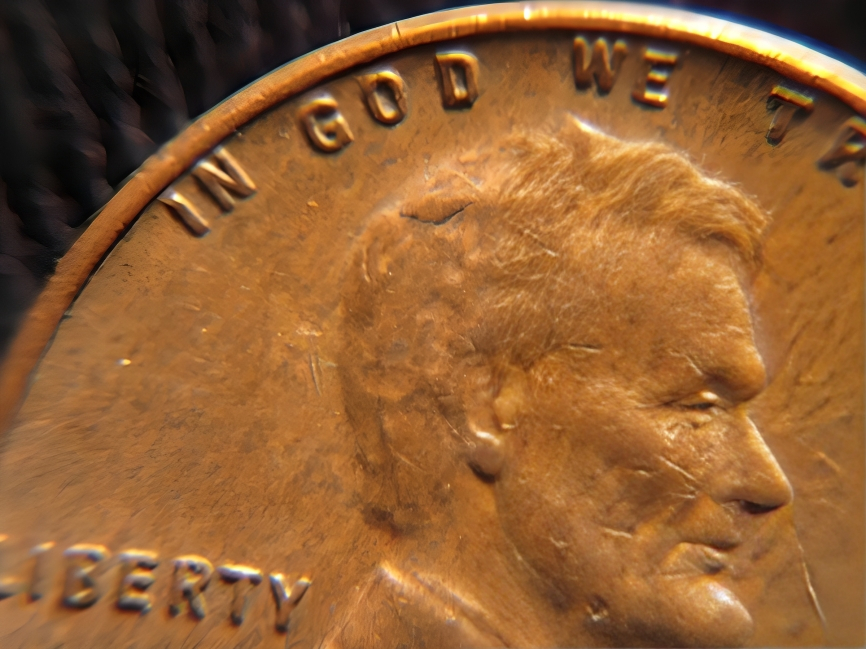
Ahead of the auction, GreatCollections, the official auctioneer of the American Numismatic Association, dubbed the 1958 Lincoln penny the “King of Double Dies.” The double striking is particularly noticeable in the words “IN GOD WE TRUST” and “LIBERTY.”
Should You Go through Your Coin Jar?
Before you dump out your coin jar in hopes of finding your own double die penny, you should know that these imperfect pennies are quite rare. The chances of you having one in your coin jar, your purse, or the cup holder in your car is pretty low.
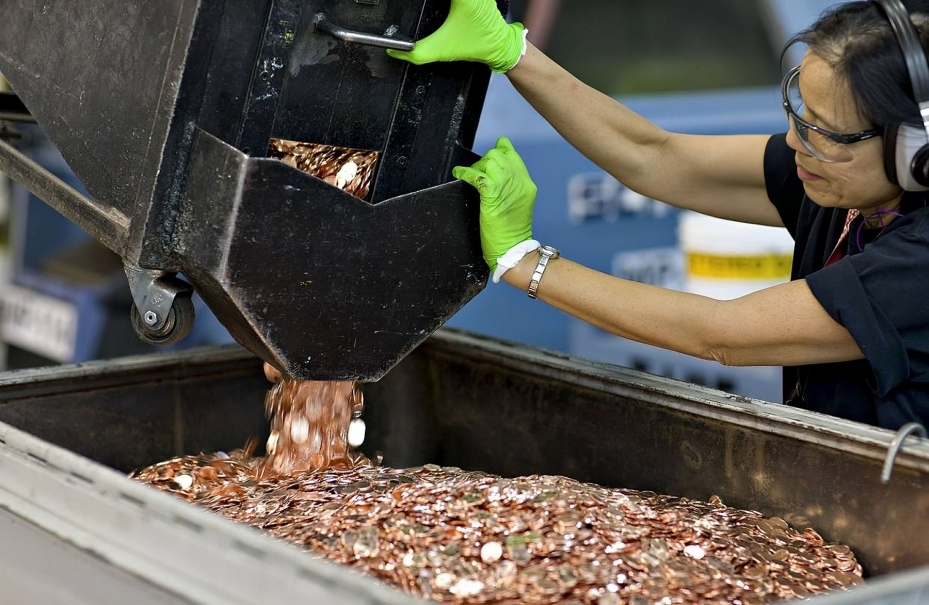
Some double striking can only be found by using a magnifying glass to closely inspect each coin. There is no magic formula for finding a double die penny. Although some coin collectors make it a habit of searching through uncirculated coins, the chances of finding a double die penny in circulation is completely up to fate.



